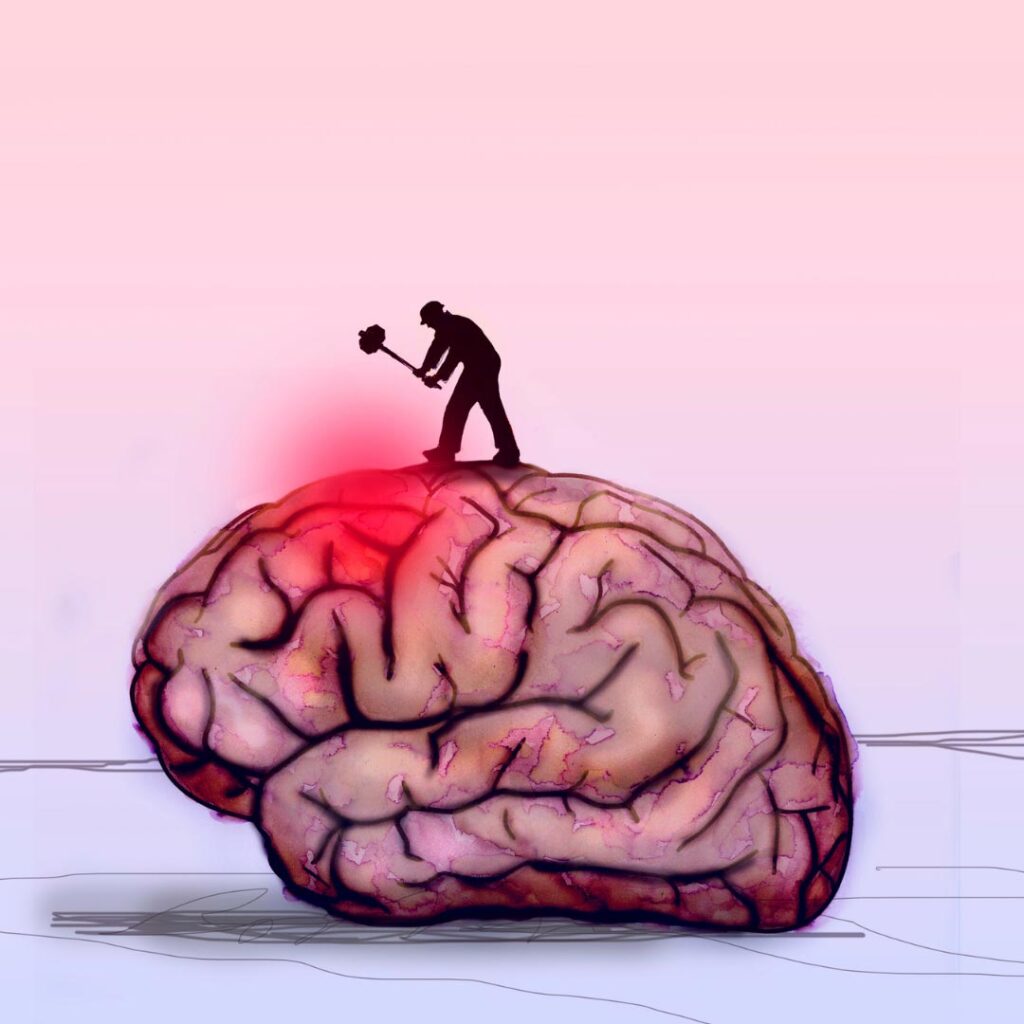Migraines are a very common and distressing disorder that affects over 3 million Australians. Whilst it is most commonly noted in woman, those aged in their 20’s and 30’s, it can be experienced by anyone, regardless of age or gender.
Migraine symptoms typically present as a one-sided headache lasting between 4-72 hours, accompanied by a throbbing or pulsating sensation. The intensity of the migraine is another debilitating factor, as the pain typically sits between moderate to severe, and is often aggravated by physical activity. Migraines are also quite commonly associated with nausea, vomiting, aura/vision disturbances, and increased sensitivity to light sound and smell. So now that we know what happens when we get one, let’s learn a little more about the symptoms and how osteopathy can help!
Whilst the exact cause of migraine headaches is still being researched, there are treatments available that can help reduce the symptoms, frequency or intensity of migraines. Osteopathy has been shown in some cases to be quite effective as poor posture, muscle tightness and restrictions through the spine and cranium are all predisposing and maintaining factors for migraines.
For those of you currently experiencing migraines, or know someone who does, please keep in mind that there are some RED FLAGS associated with migraines that require immediate assistance/advice:
- Systemic symptoms and signs, such as:
- A fever
- A drop in level of consciousness
- Confusion
- Seizures
- Neurological symptoms and signs, such as
- Numbness and/or tingling
- Loss of coordination
- Paralysis
- Progressive limb or fascial weakness
- Sudden onset
- <1 min, otherwise known as ‘Thunderclap’ migraines
- Older age group
- over 50 years old
- Previous headache history change
- if it’s a ‘new’ type of migraine for you or a change of typical symptoms
- Postural/positional
- If triggered by a clear change in your posture
- Progressive
- If you’re symptoms are progressively worsening over time
- Papilloedema
- GP can detect this through ophthalmoscope

